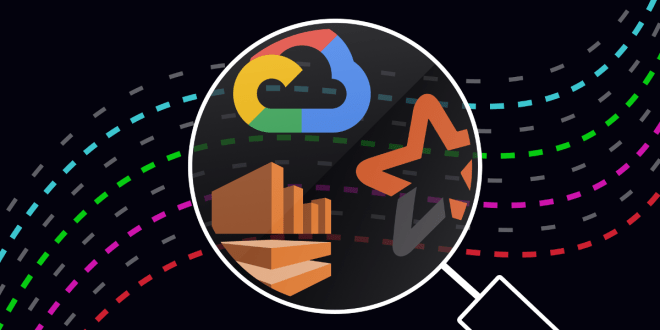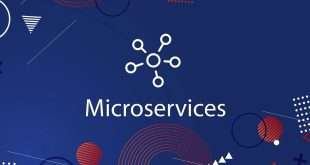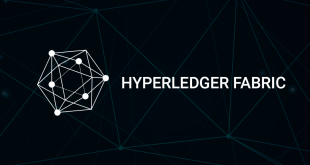In the fast-paced world of back-end development, real-time data streaming has emerged as a game-changer. Among the various technologies available, Apache Kafka stands out as a powerful and versatile platform that goes beyond conventional messaging systems. In this comprehensive blog, we delve into the realm of real-time data streaming, focusing on Apache Kafka and its applications in the back-end development landscape.
The Power of Real-Time Data Streaming
Real-time data streaming has transformed the way applications handle data, enabling seamless communication between various components. Unlike traditional batch processing, where data is processed periodically, real-time data streaming ensures that information flows instantly and continuously, allowing for quicker decision-making and improved user experiences.
Understanding Apache Kafka
Apache Kafka, developed by LinkedIn, is an open-source distributed event streaming platform known for its high-throughput, fault-tolerant, and scalable architecture. It serves as a durable messaging system capable of handling large volumes of data and facilitating real-time data streaming.
Key Components of Apache Kafka
Apache Kafka comprises essential components that work together to facilitate efficient data streaming:
Kafka Topics
Kafka Topics are channels that categorize data streams into various subjects or categories. Producers publish data to specific topics, while consumers subscribe to these topics to receive and process the data.
Producers
Producers are responsible for publishing data to Kafka topics. They collect and send data to the Kafka cluster, ensuring that real-time data flows through the system.
Consumers
On the other end, consumers subscribe to Kafka topics and retrieve data in real-time. They process the data and utilize it to power various applications.
Kafka Brokers
Kafka Brokers are the heart of the Kafka cluster. They receive and store data, acting as intermediaries between producers and consumers.
Advantages of Using Apache Kafka in Back-end Development
Scalability
Apache Kafka’s distributed architecture allows it to scale horizontally, accommodating growing data volumes without compromising performance.
Fault Tolerance
The platform’s design ensures fault tolerance, meaning that even if a node fails, data remains accessible and operations continue without disruption.
Low Latency
Kafka’s efficient design ensures low latency data streaming, making it ideal for applications that require real-time responses.
Seamless Integration
Kafka easily integrates with various back-end technologies, making it a versatile choice for developers.
Event Sourcing and Stream Processing
Kafka’s event sourcing capabilities enable developers to track and replay events, while stream processing allows for real-time data analysis.
Beyond Apache Kafka: Exploring Alternative Real-Time Data Streaming Technologies
While Apache Kafka is a dominant player in the real-time data streaming landscape, there are other noteworthy technologies worth exploring:
RabbitMQ
RabbitMQ is a popular message broker that implements the Advanced Message Queuing Protocol (AMQP). It focuses on ease of use and robustness, making it suitable for a wide range of applications.
Apache Pulsar
Apache Pulsar is a cloud-native, horizontally scalable messaging system known for its multi-tenancy support and built-in data retention capabilities.
Amazon Kinesis
Part of Amazon Web Services (AWS), Amazon Kinesis allows real-time data ingestion and processing at scale, making it a go-to solution for cloud-based applications.
Common Use Cases of Real-Time Data Streaming
Internet of Things (IoT) Applications
Real-time data streaming is crucial for IoT applications, where data from multiple sensors and devices need to be processed and analyzed in real-time.
Fraud Detection
In the financial industry, real-time data streaming enables quick detection of fraudulent transactions, enhancing security and preventing financial losses.
Log Monitoring and Analysis
System logs and application logs can be monitored and analyzed in real-time using data streaming platforms, facilitating rapid issue identification and troubleshooting.
Frequently Asked Questions
Q1. What is the main advantage of real-time data streaming in back-end development?
The main advantage of real-time data streaming in back-end development is the ability to process and communicate data instantly, leading to quicker decision-making and improved user experiences.
Q2. How does Apache Kafka ensure fault tolerance?
Apache Kafka ensures fault tolerance by replicating data across multiple Kafka Brokers, allowing the system to continue functioning even if some nodes fail.
Q3. Can Apache Kafka handle large data volumes?
Yes, Apache Kafka is designed to handle large data volumes with ease, thanks to its distributed and scalable architecture.
Q4. What makes Amazon Kinesis a suitable choice for real-time data streaming?
Amazon Kinesis is ideal for real-time data streaming due to its ability to ingest and process data at scale, making it well-suited for cloud-based applications.
Q5. How does real-time data streaming benefit Internet of Things (IoT) applications?
Real-time data streaming is essential for IoT applications as it enables the instant processing and analysis of data from multiple sensors and devices, supporting real-time decision-making.
Final Words
In conclusion, real-time data streaming, with Apache Kafka at its forefront, has revolutionized the world of back-end development. Its scalable, fault-tolerant, and low-latency architecture empowers developers to build innovative, responsive, and data-driven applications. By exploring alternative technologies and understanding common use cases, developers can harness the true potential of real-time data streaming to unlock new possibilities in the digital era.
 webfily
webfily



